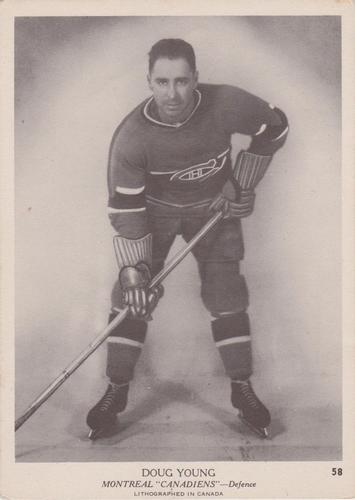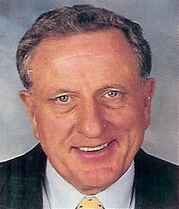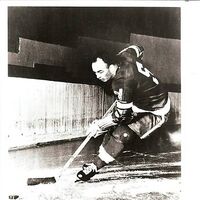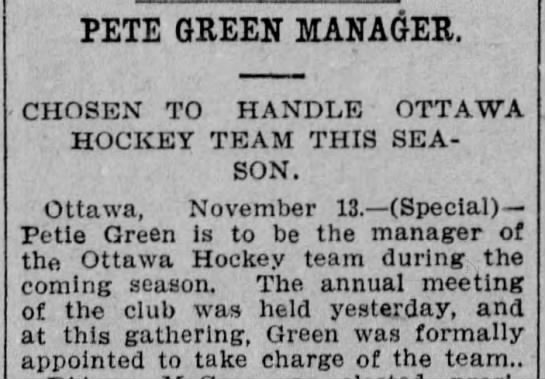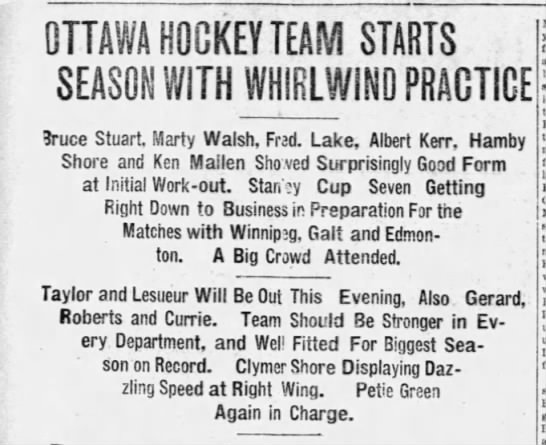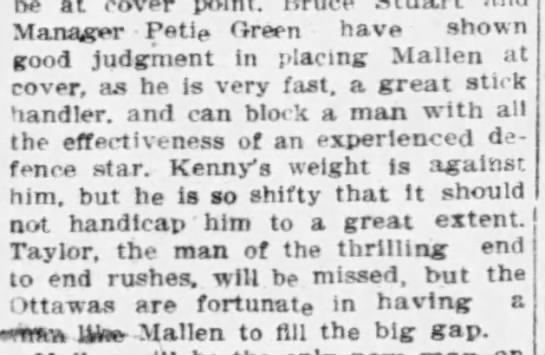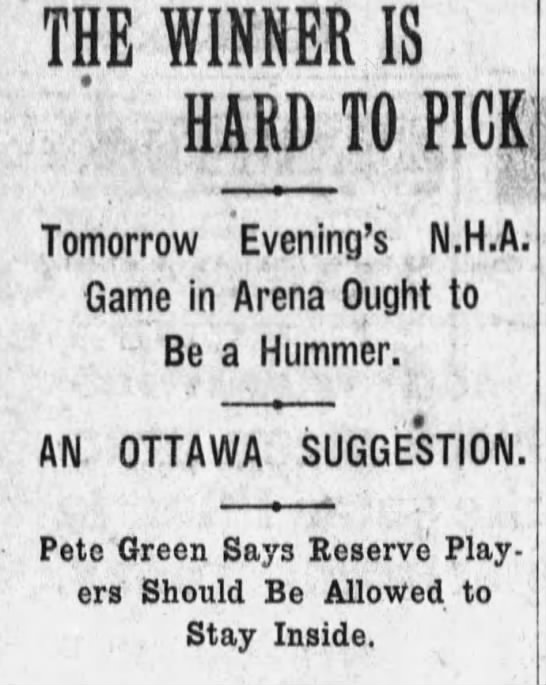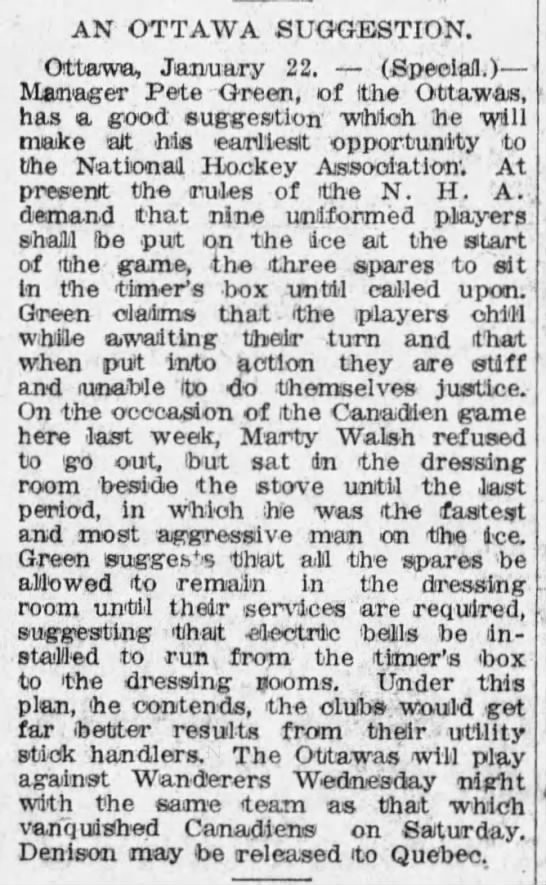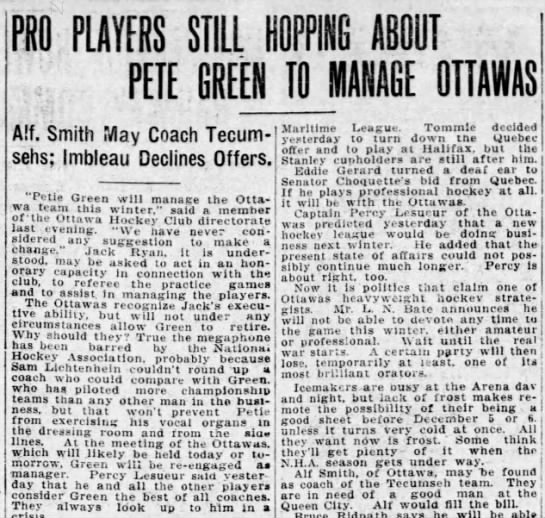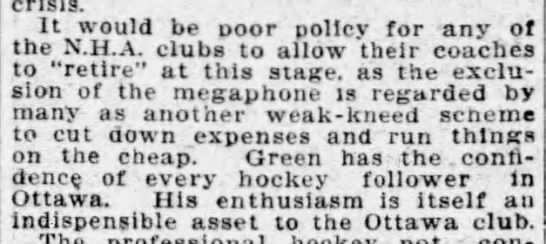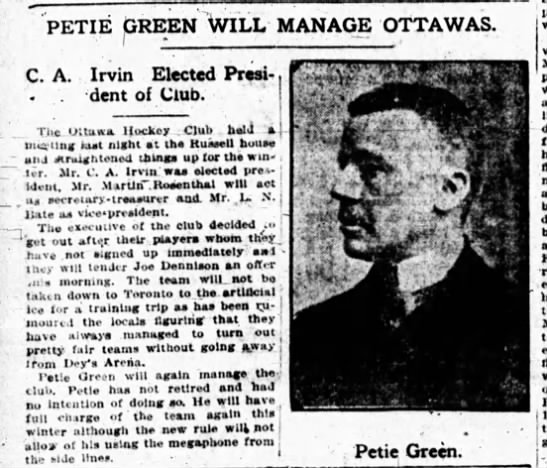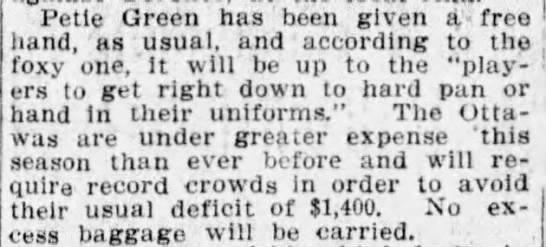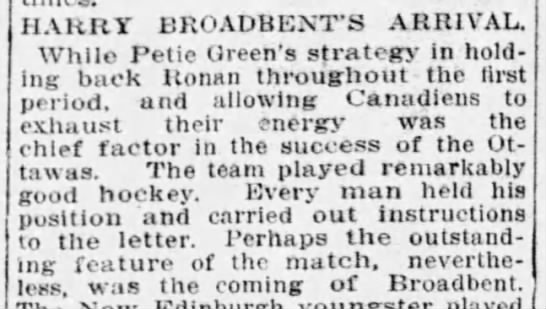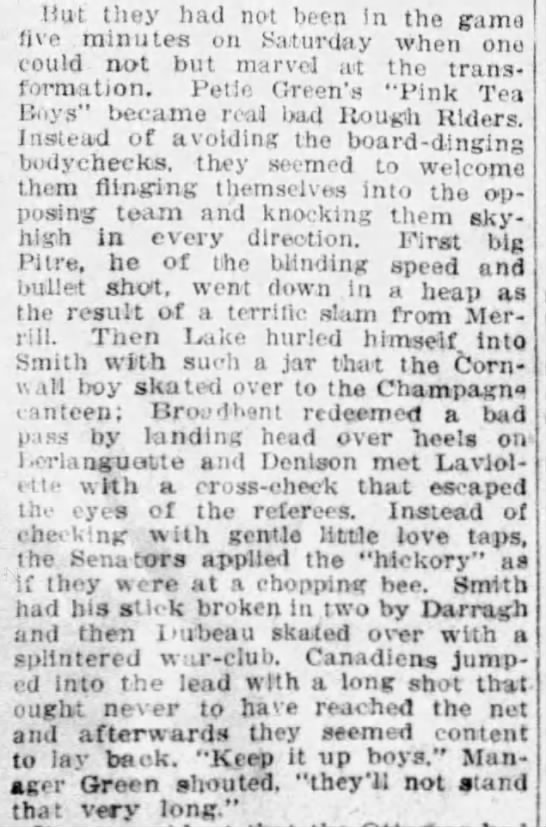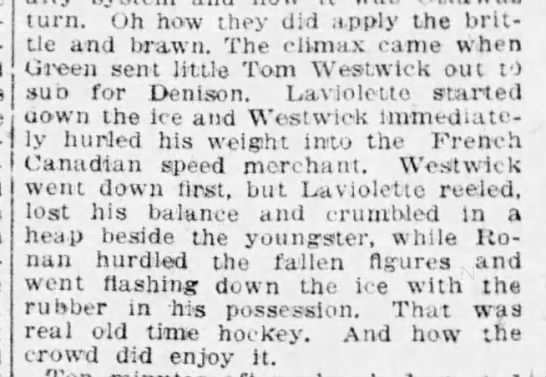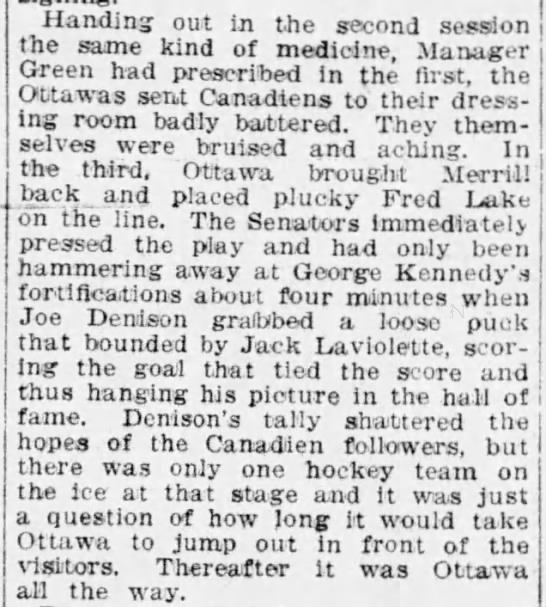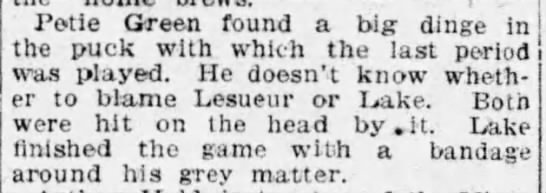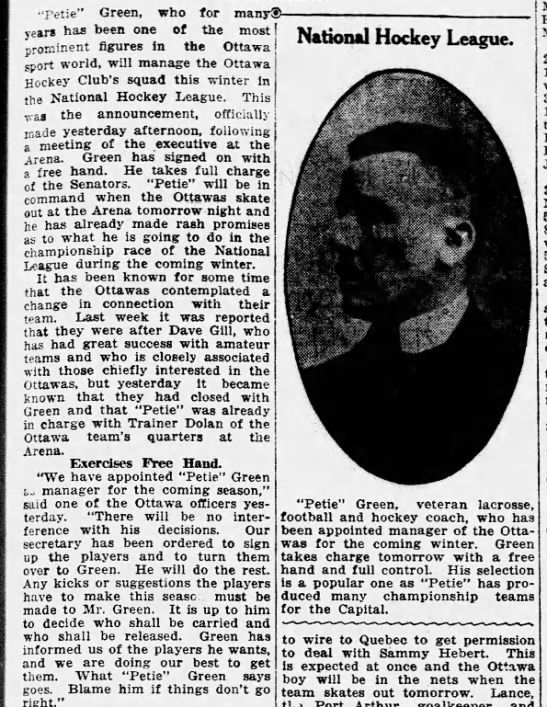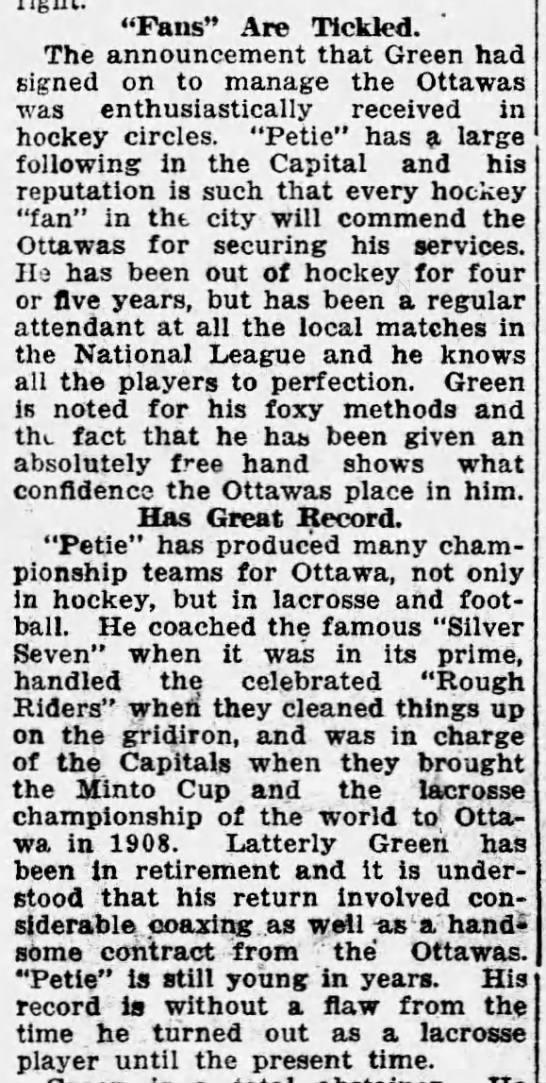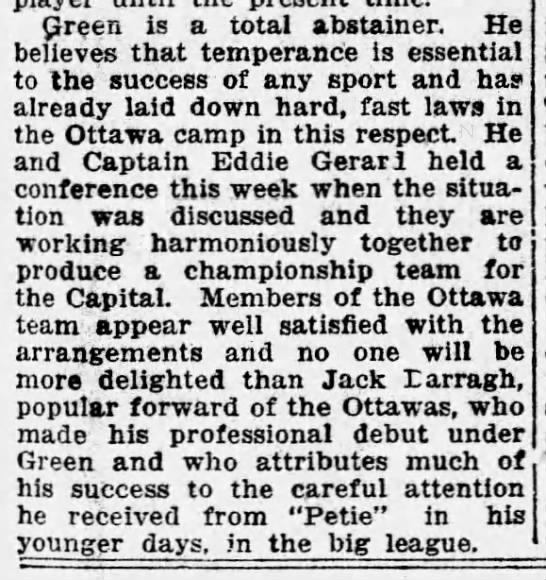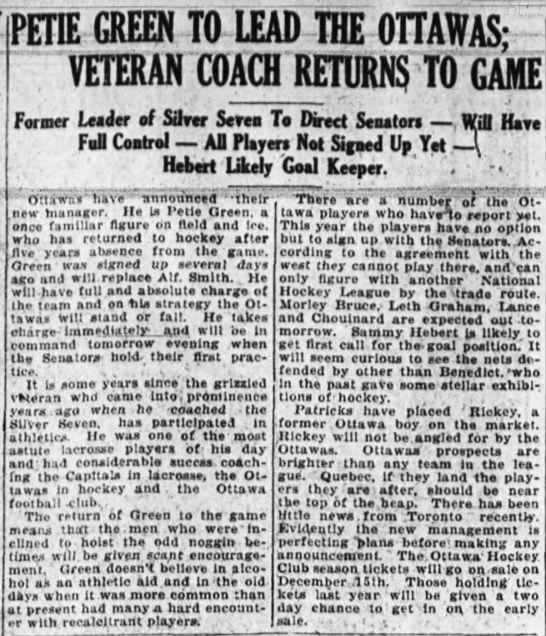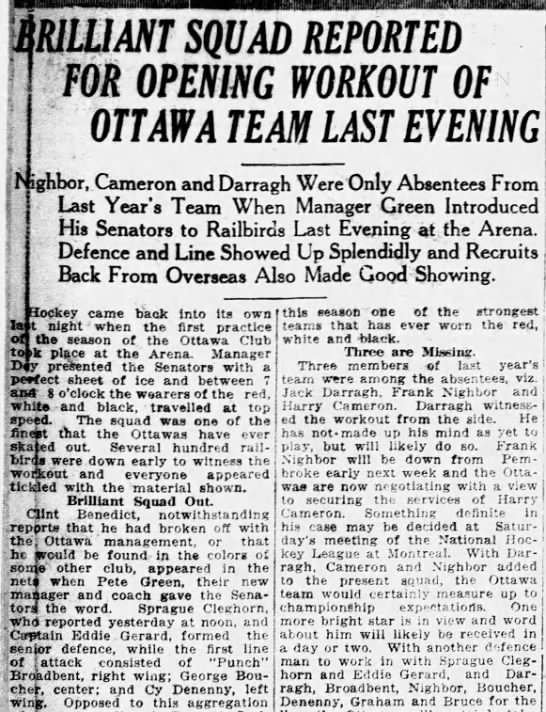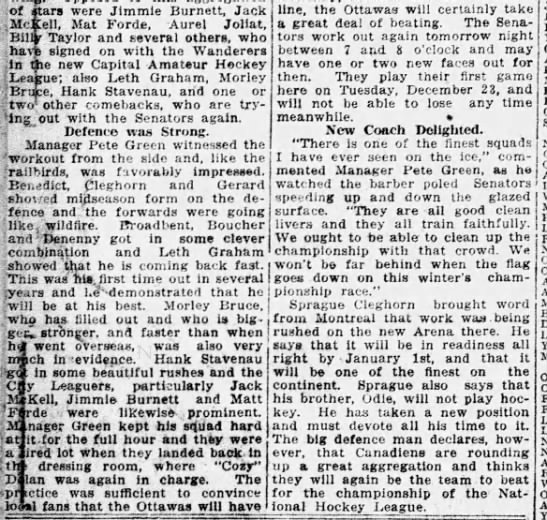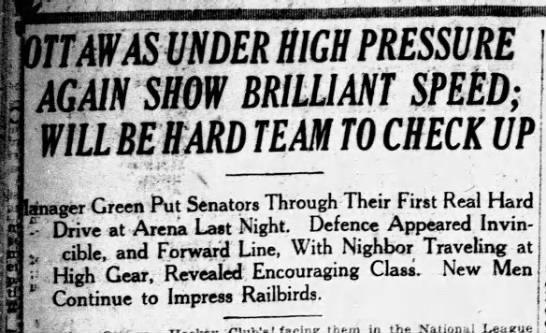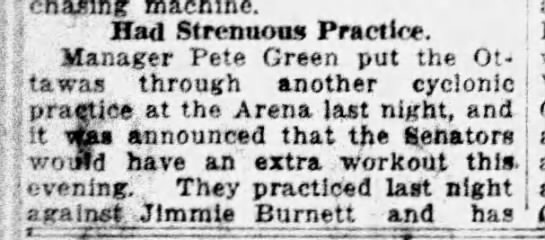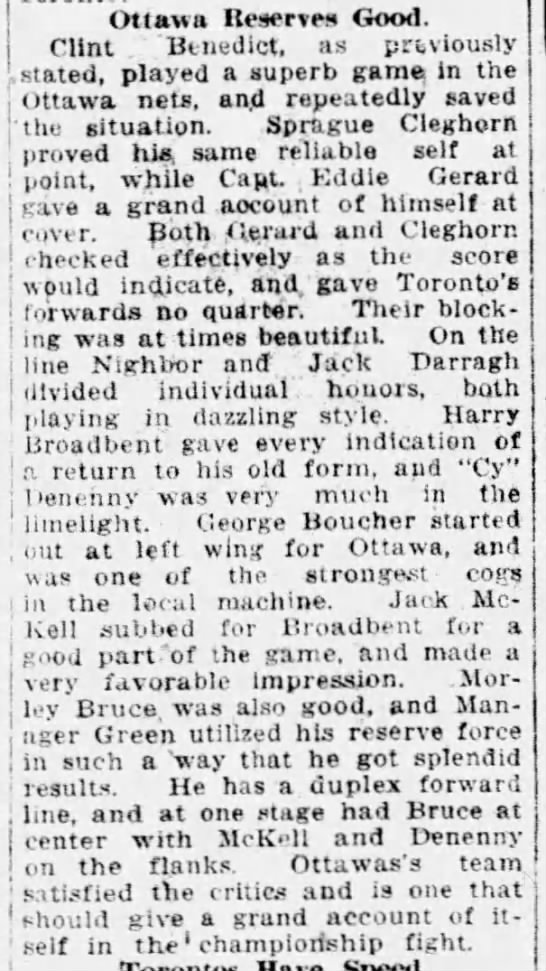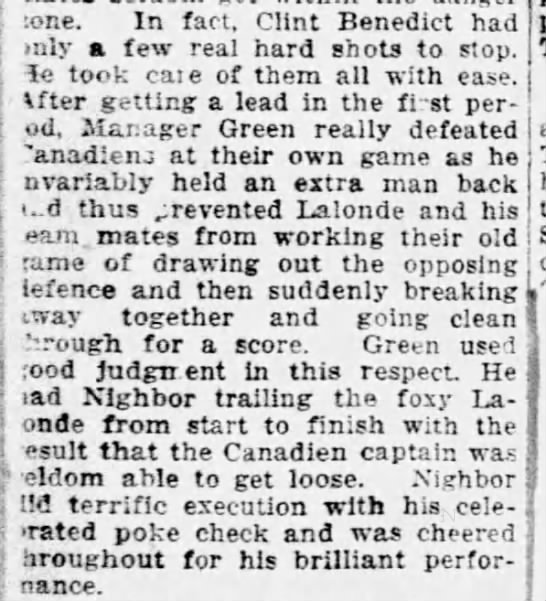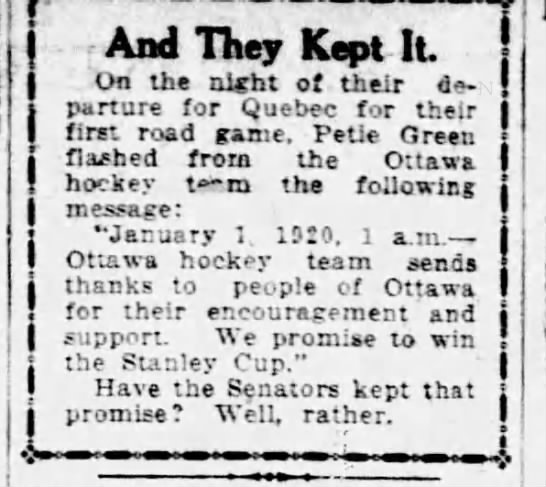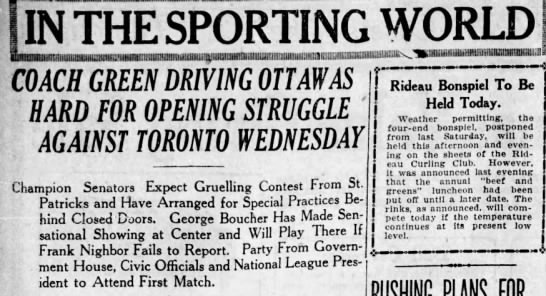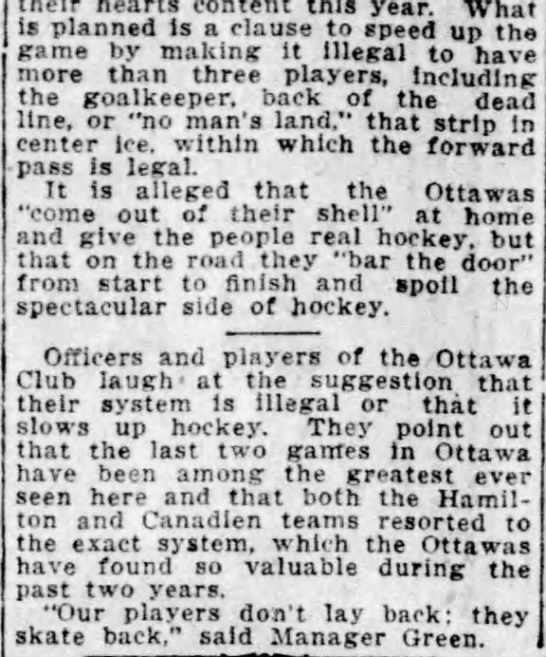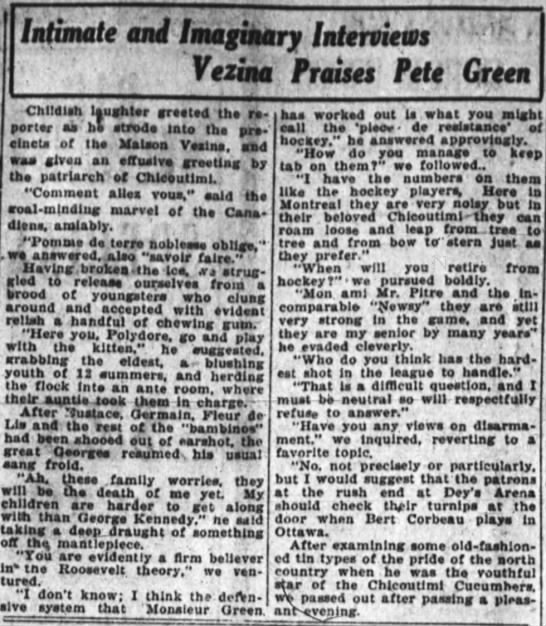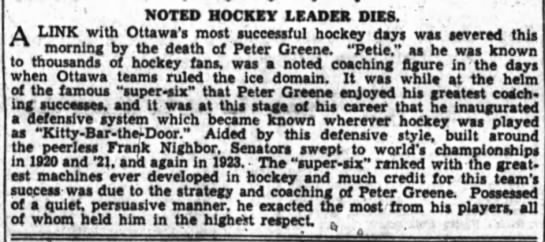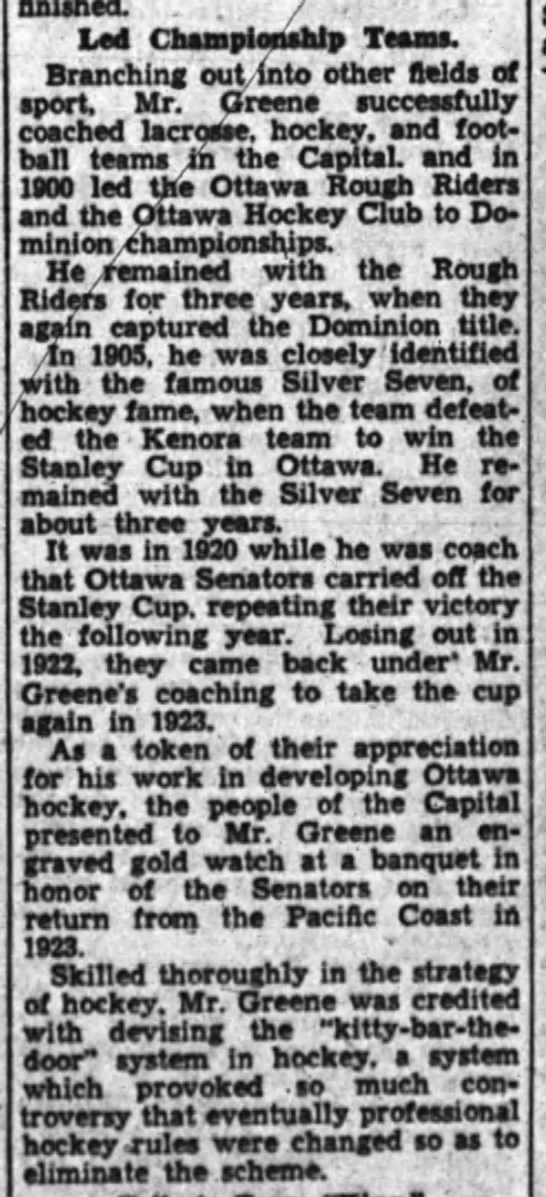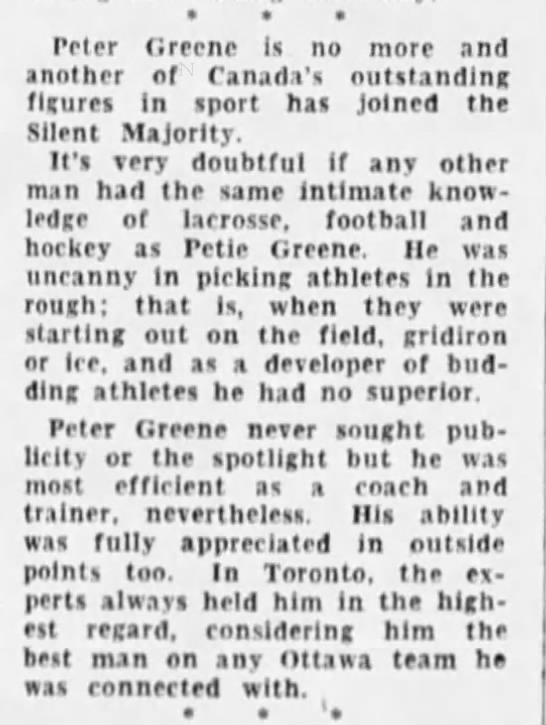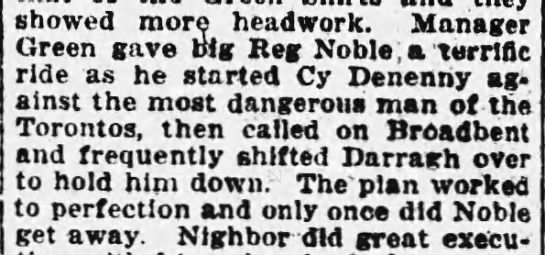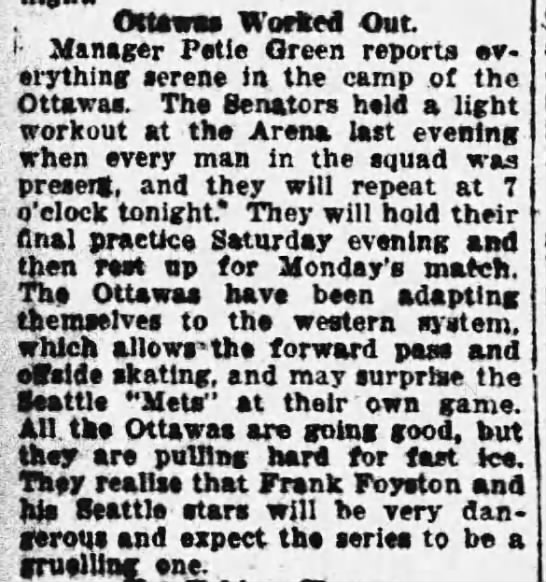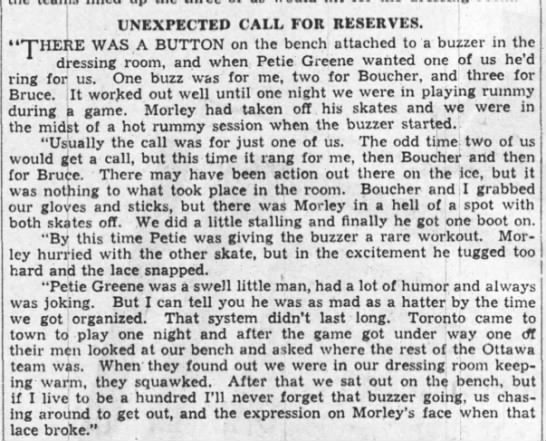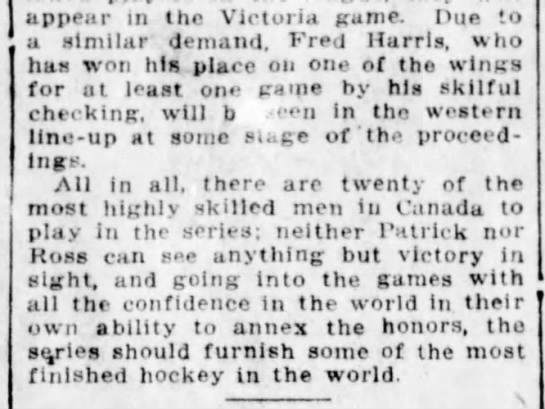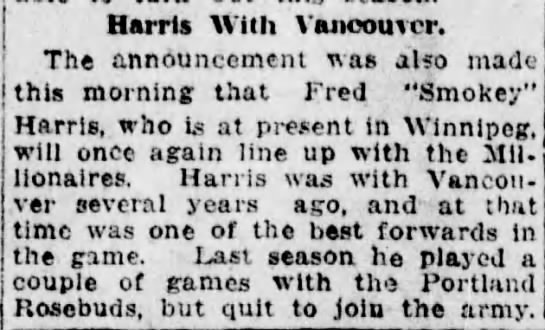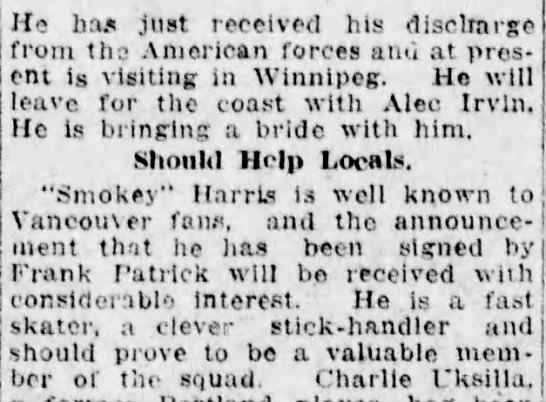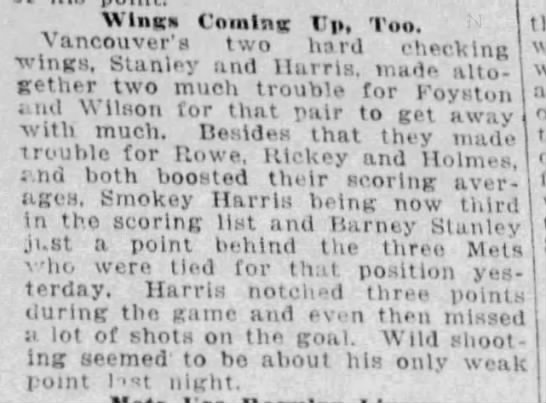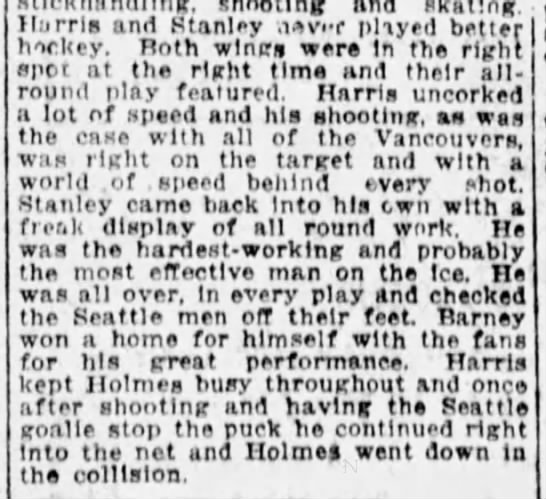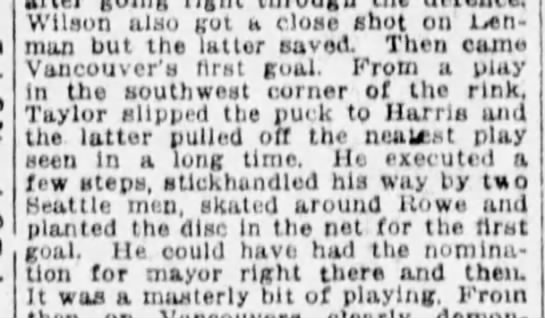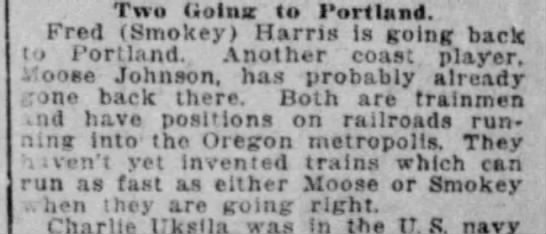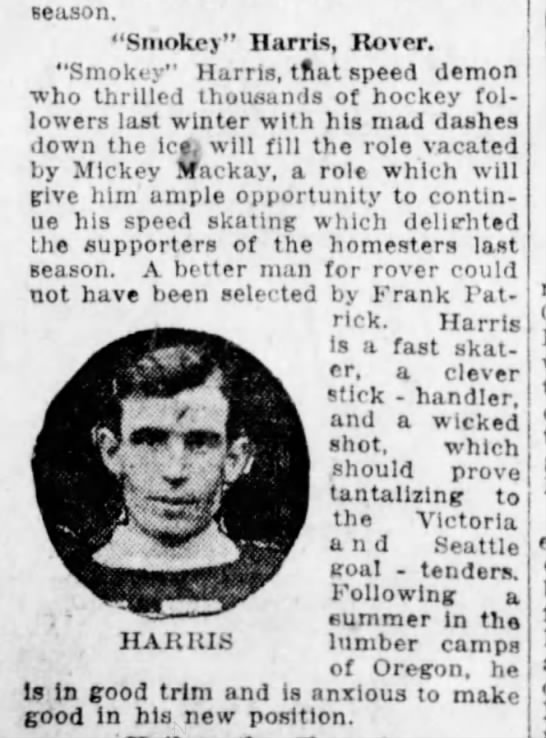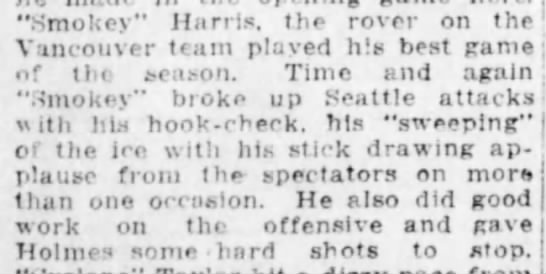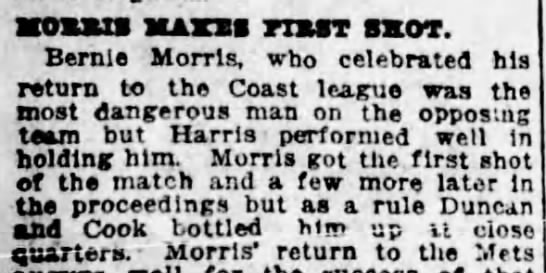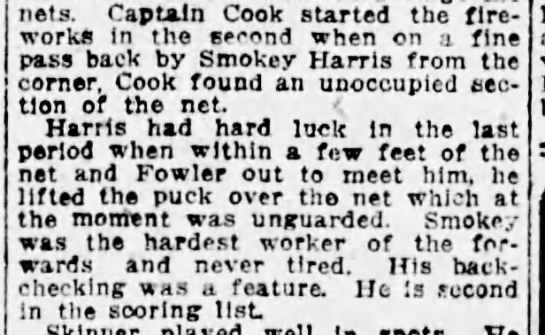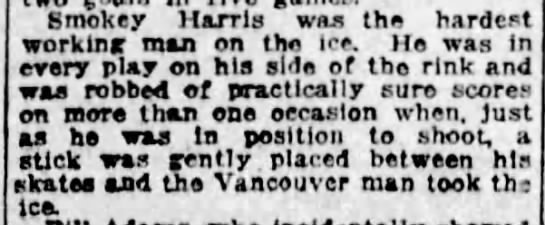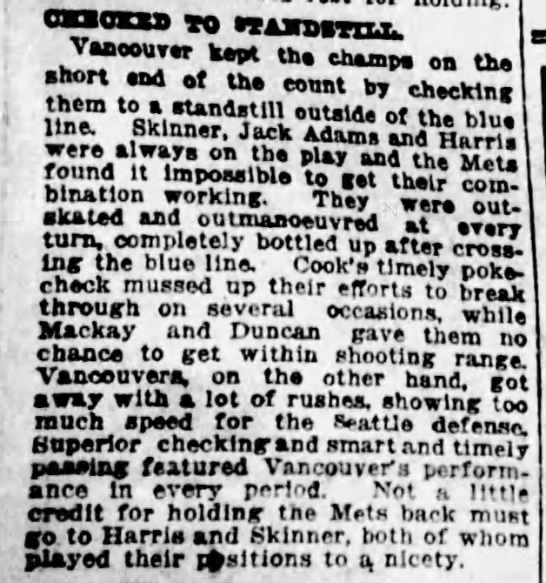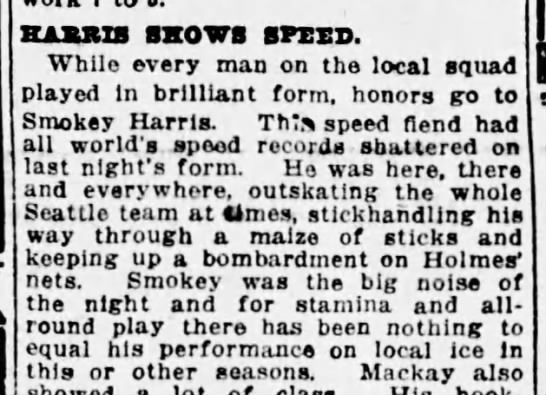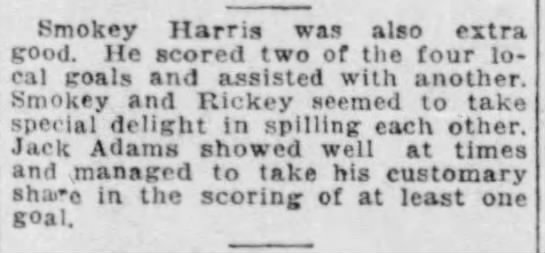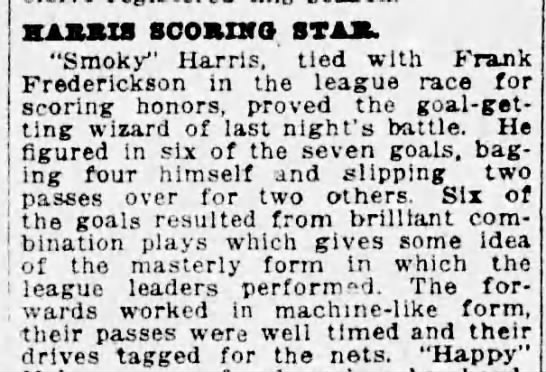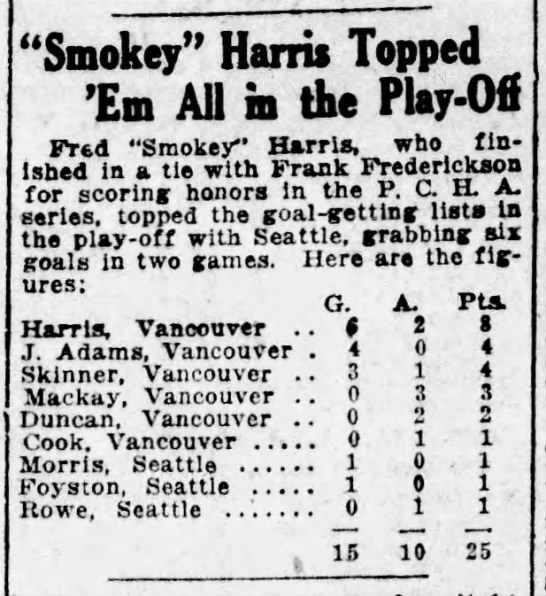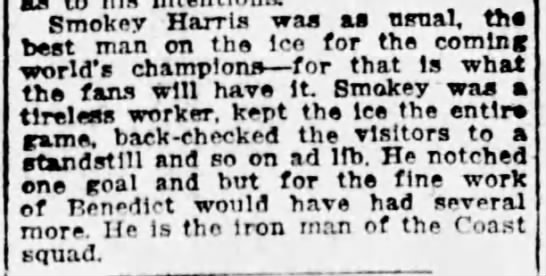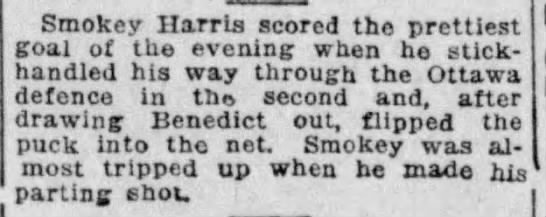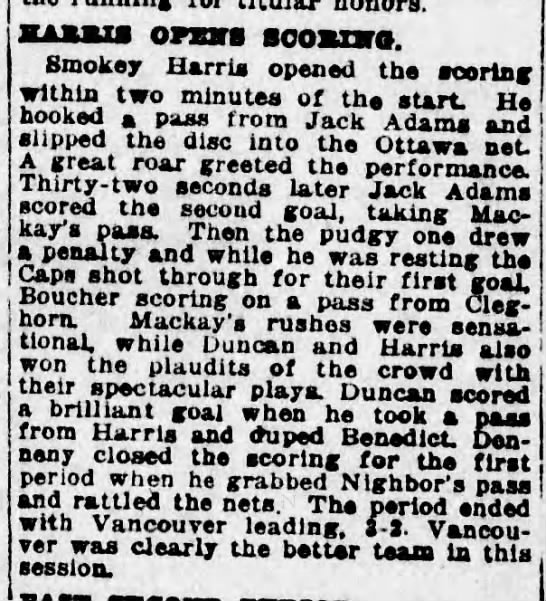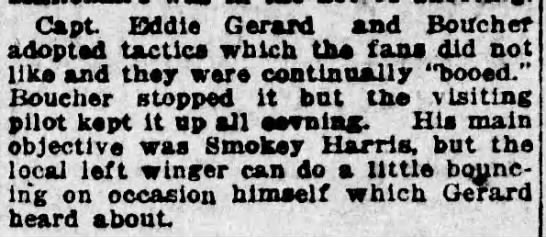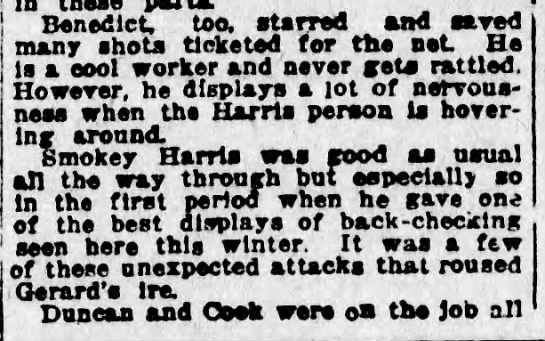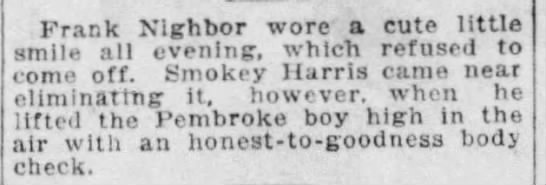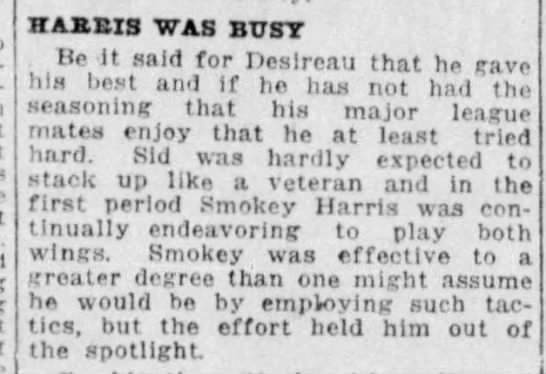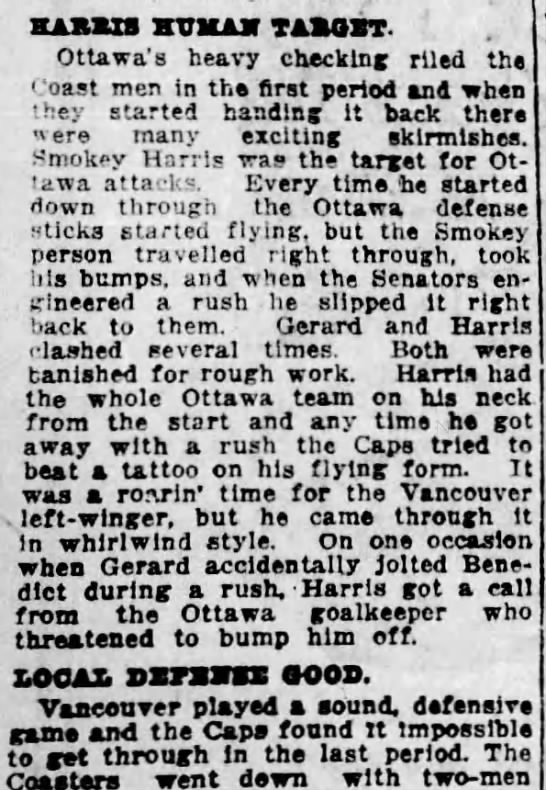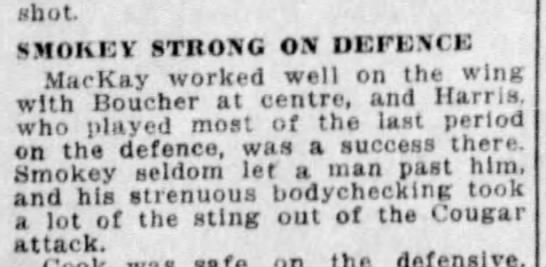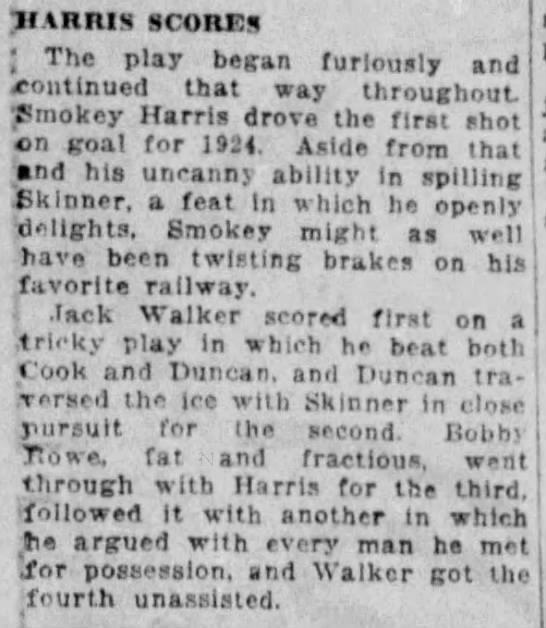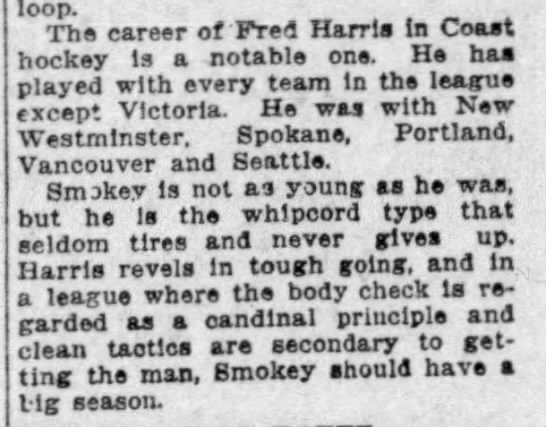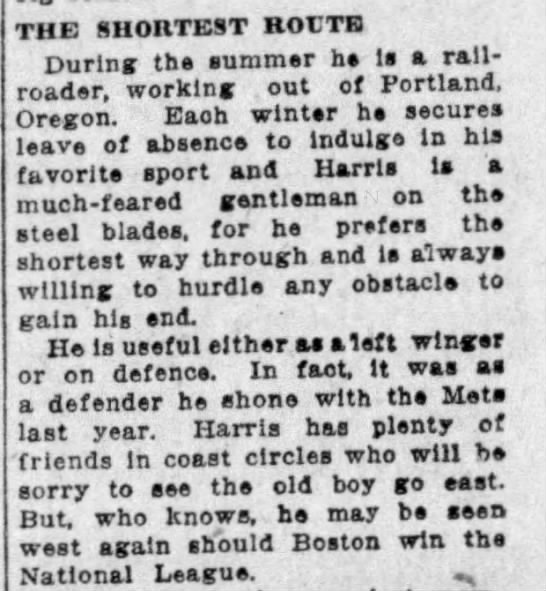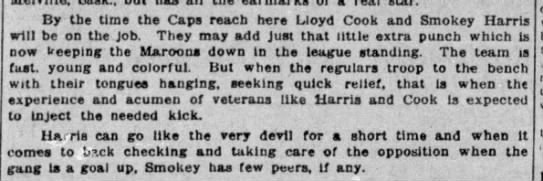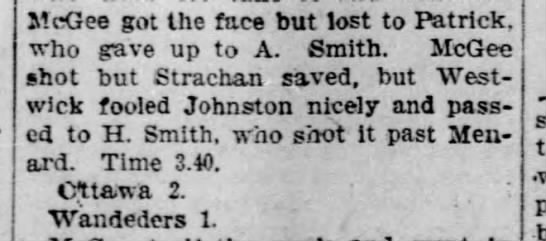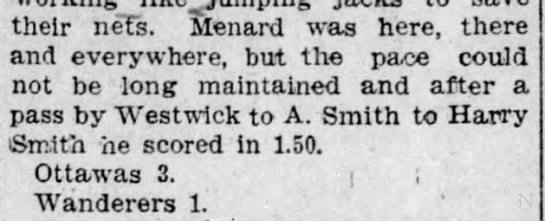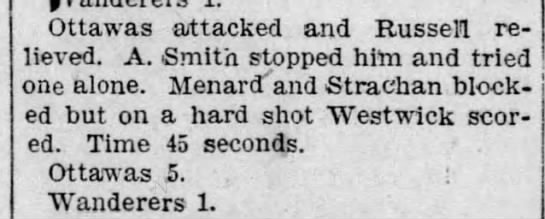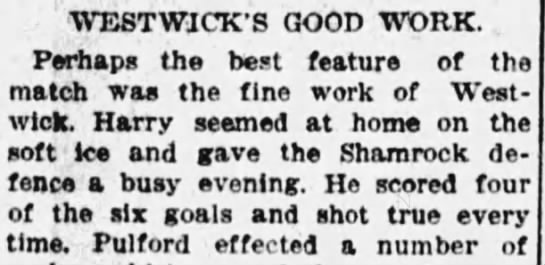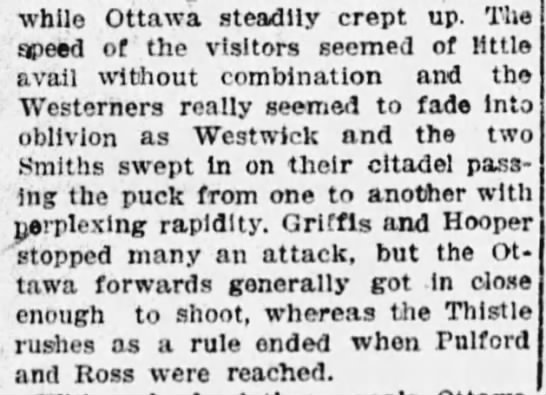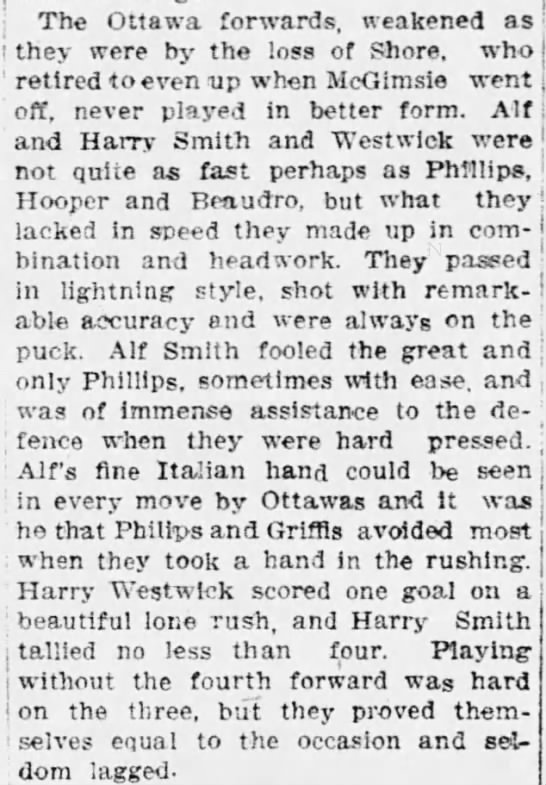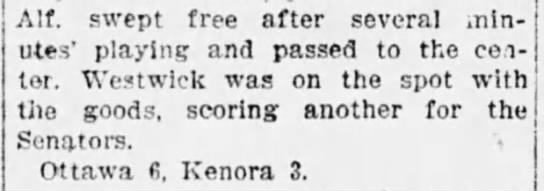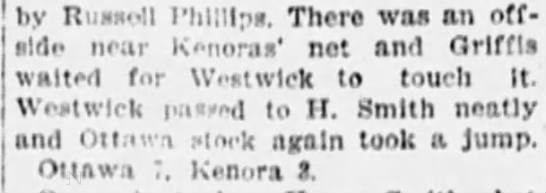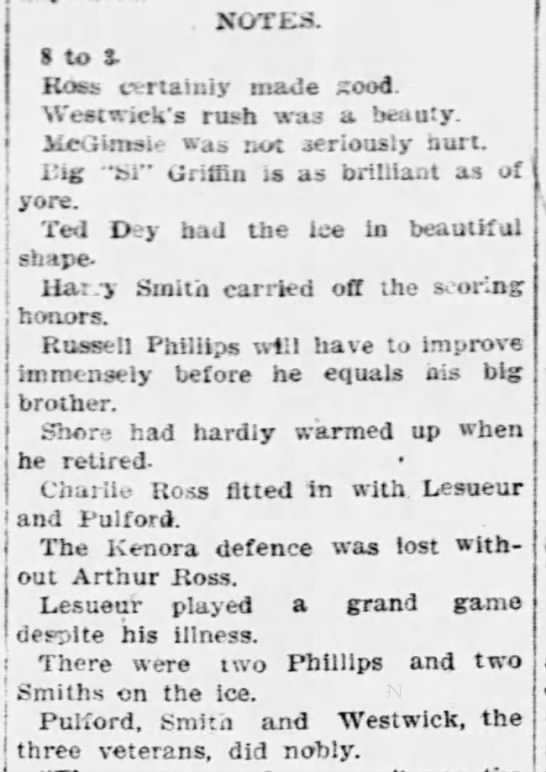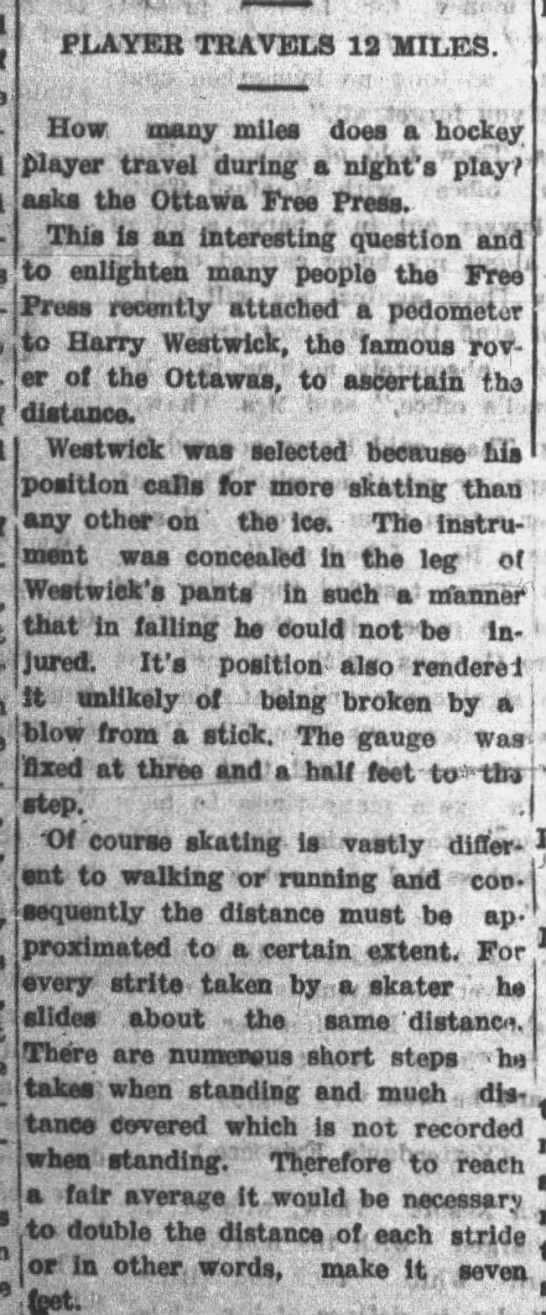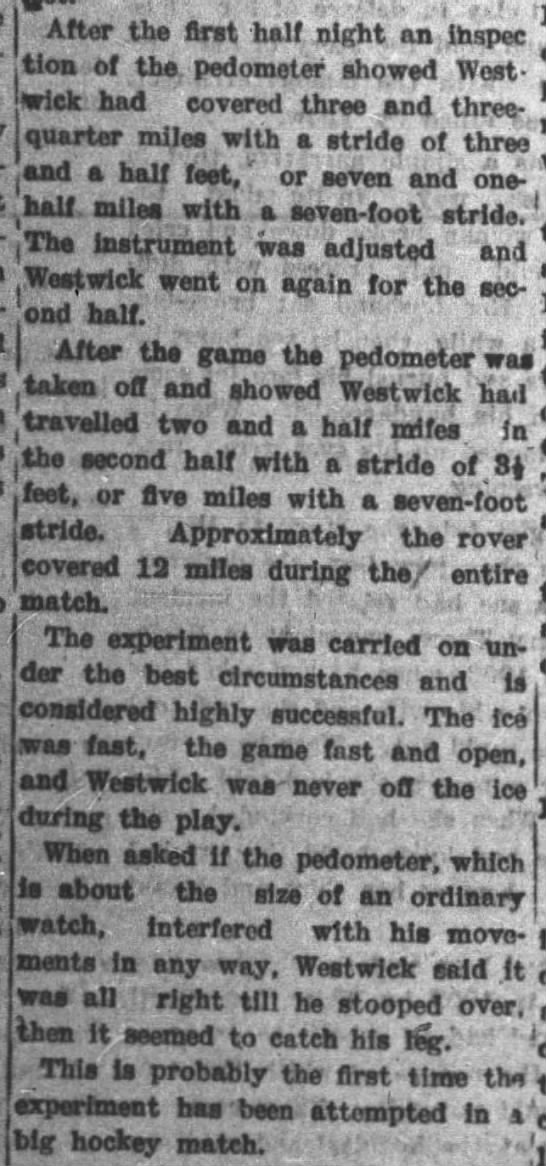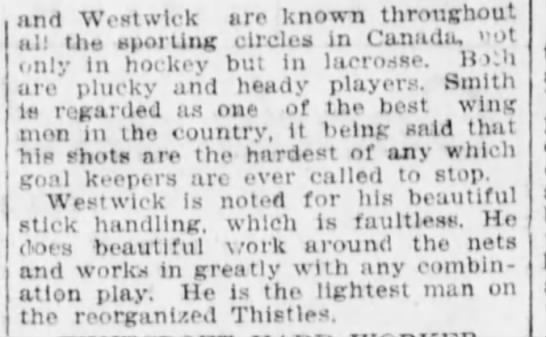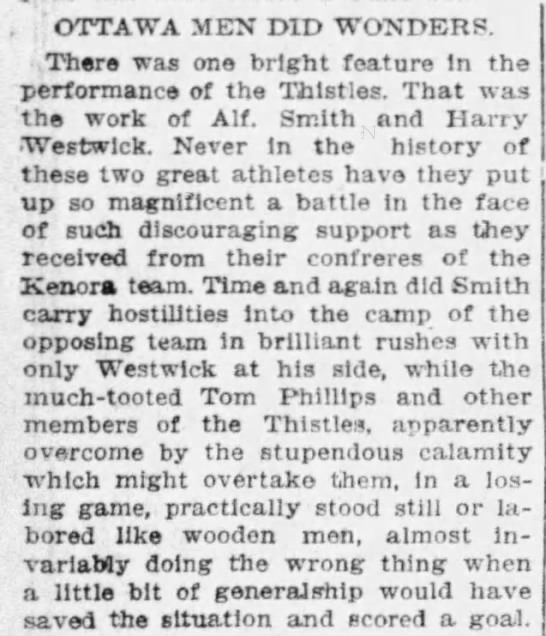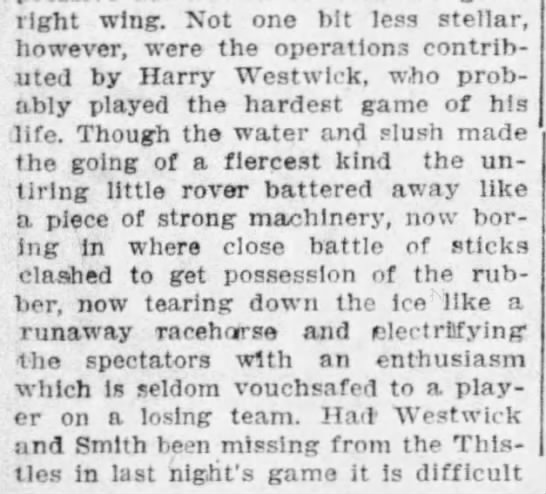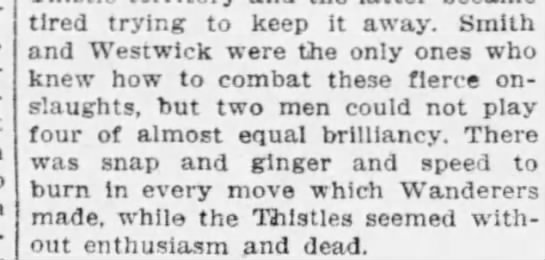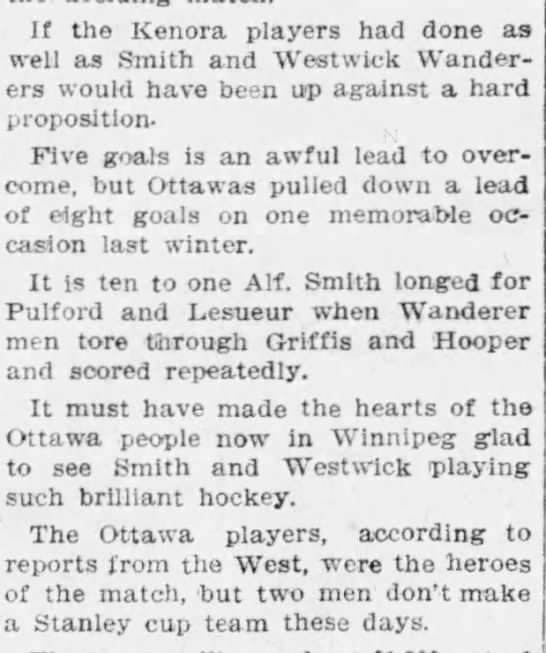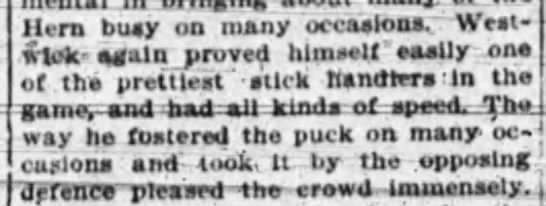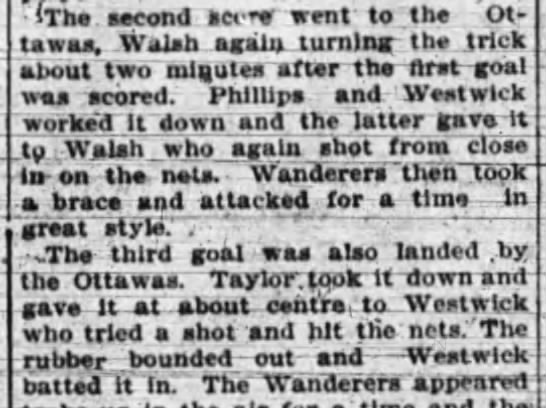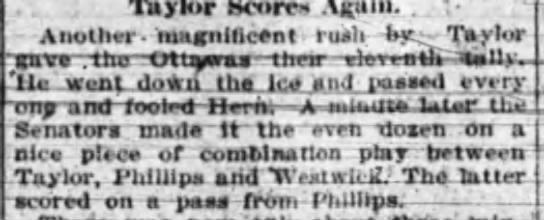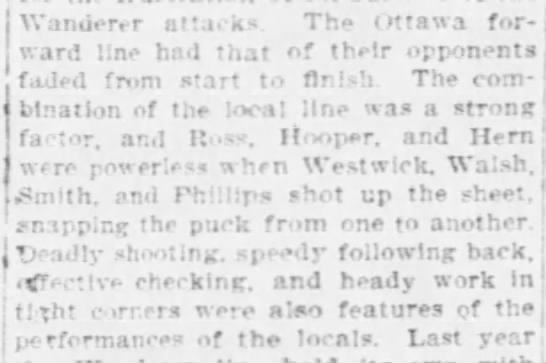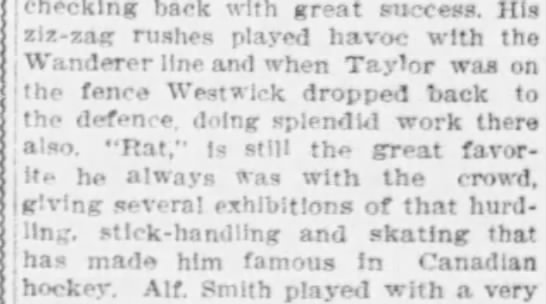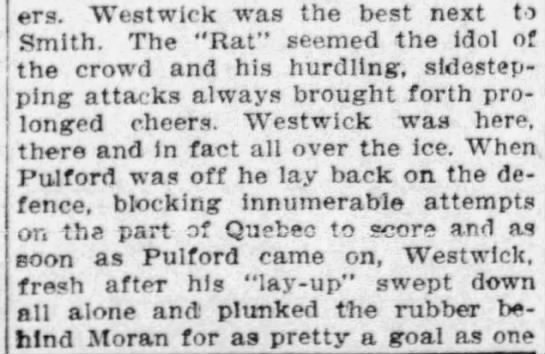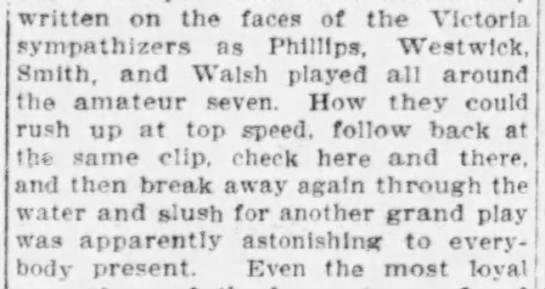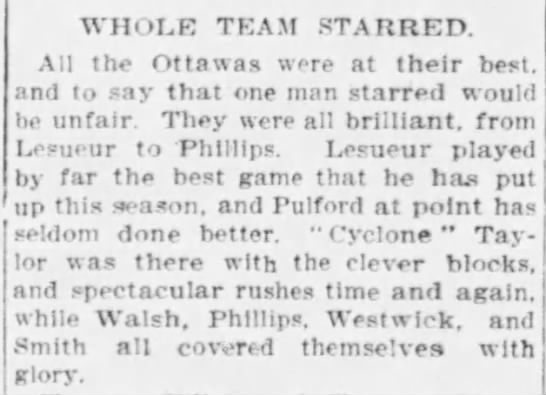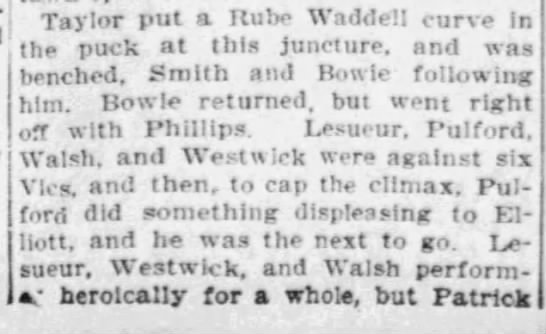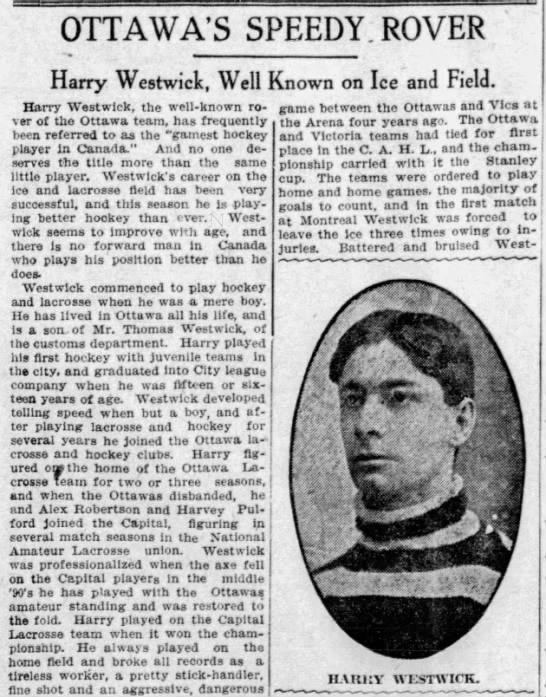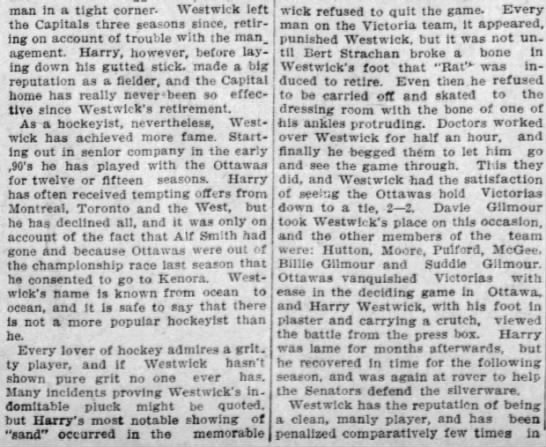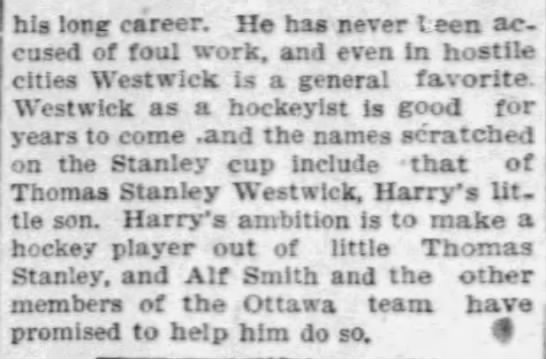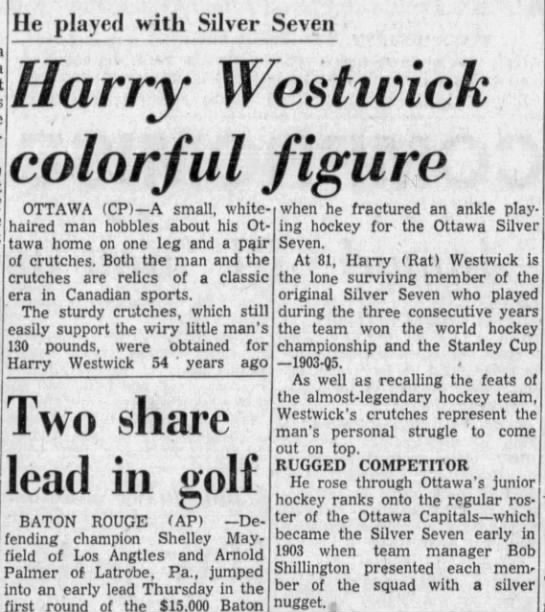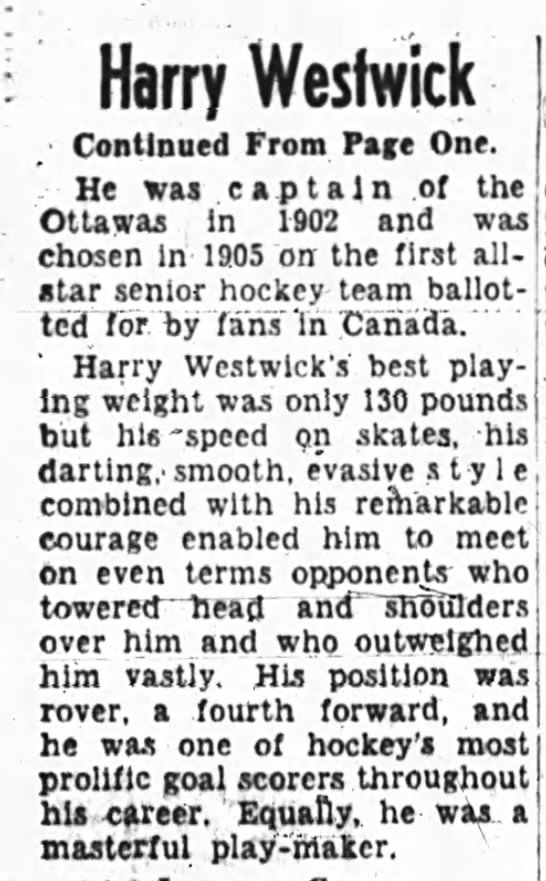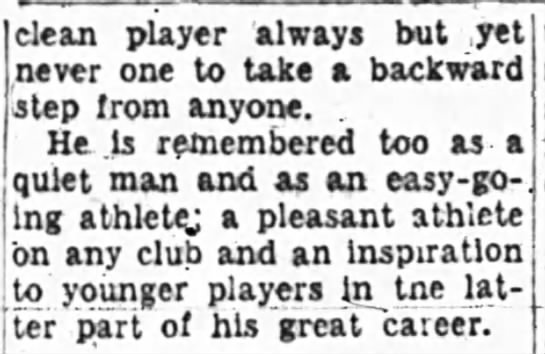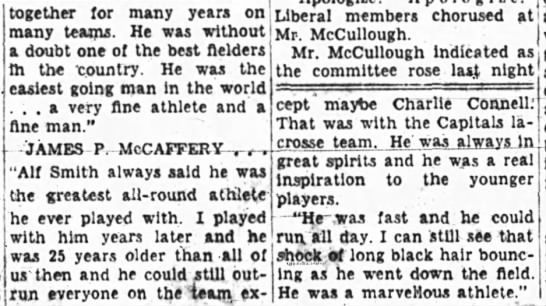Re-posting
@seventieslord's 2017 Bio, because the page is broken and can only be accessed if you are not logged in...
Phil Goyette, C
- 5’11”, 170 lbs (like 6’1”, 190 today)
- Stanley Cup (1957, 1958, 1959, 1960)
- Stanley Cup Finalist (1970, 1972)
- Lady Byng Trophy winner (1970)
- Top-10 in Hart voting twice (8th, 10th)
- Top-7 in All-star voting 4 times (3rd, 4th, 4th, 7th)
- Top-21 in NHL scoring 6 times (4th, 7th, 8th, 13th, 16th, 21st)
- Best VsX scores: 91, 87, 83, 77, 65, 61, 55 (total 519, avg 74.1)
- Top-20 in NHL ES scoring 5 times (3rd, 5th, 10th, 11th, 16th)
- Best ES Vs scores: 94, 92, 85, 82, 71, 67, 65 (total 556, avg 79.4)
- Top-10 in playoff scoring twice (7th, 10th)
legendsofhockey.net said:
Some say that he had eyes in the back of his head because of his great peripheral vision and smooth passing skills. He was fast becoming a well-balanced craftsman who could play effectively at both ends of the ice.
He'd always been a fiercely dedicated Hab. Nonetheless, he donned his Rangers' sweater and continued his role as a slick playmaker who was well versed in all facets of his game.
Joe Pelletier said:
Phil Goyette came out of junior as a slick passing, high scoring offensive dynamo in the Montreal system. Unfortunately for Goyette, Montreal didn't need another high scoring center as they already boasted Jean Beliveau, Henri Richard and Ralph Backstrom
As a result of this overcrowding down the middle, Phil spent 3 years in the minors before catching on with Les Habitants in 1957-58 on a full time basis. While in the minors Phil learned to become a defensive center. He learned the fine art of defensive anticipation, shadowing your check and face-offs. Phil finally caught on with Montreal as a defensive minded 4th line center.
In his official rookie season Phil played strong defensively but also showed a good playmaking side. He scored 9 goals and 37 assists for 46 points in 70 games. In the playoffs he played an integral role, scoring 4 goals in 10 games in capturing another Cup.
However for the first time in a long time Phil got some serious ice time and he responded strongly. There was never any doubt that he had offensive skills, but finally he got to display them as he registered 24 goals and 41 assists for 65 points.
Goyette, an extremely clean player who only had 131 career PIM in 941 games... Phil helped the Blues reach the Stanley Cup finals, scoring 3 times and assisting on 11 others for 14 points in 16 games... He also used his vast playoff experience to help the Rangers to a strong playoff showing.
Montreal Tribute said:
Phil Goyette basically had two different careers. First he was a defensive center for the Montreal Canadiens… his second career was with the NY Rangers where he became a renowned offensive threat.
ourhistory.canadiens.com said:
The smooth skating, Lachine, Quebec native with a nose for the net came up through the ranks, playing with the Montreal Junior Canadiens, Cincinnati Mohawks and Montreal Royals before breaking in with the big club in 1956-57.
Breaking into the lineup to stay in 1957-58, the young center joined a team that already featured Jean Beliveau and Henri Richard at his position. Goyette became a reliable defensive specialist, solidifying his hold on a roster spot with his ability to skate with the best of them, doggedly shadowing his opponent while managing to remain largely within the limits of what officials permitted.
Hockey’s Golden Era said:
Phil Goyette’s biggest problem when he was playing with the Habs was having to play behind Jean Beliveau, Henri Richard and Ralph Backstrom… the club was so well-heeled that there was little for him to do but become a defensive specialist. It was only when he left Montreal that his offensive skills surfaced… a smooth playmaker and top faceoff man throughout his career.
Habs Heroes said:
#59: Phil Goyette
Because he was so tall and lean, Phil Goyette earned the nickname “The Splendid Splinter”. He was one of the league’s most gifted stickhandlers, but was too far down the Canadiens’ depth chart to exploit them to their fullest. “I guess you could say I was pretty handy with the puck,” Goyette said. “My game was to try to control the play, then give the puck to one of my teammates.” But the Canadiens were loaded with talented centers, so Goyette spent most of his career in Montreal playing on the 3rd line with Provost and Pronovost, both of whom were supreme defensive players. For his sacrifice, Goyette was rewarded with Stanley Cups in each of his first four seasons. “There wasn’t much you could do with a team like that. Sometimes when someone would get injured, I would get a chance. It was the same with the power play. They had so many great players and you could only put five of them out there. “ It was only after Goyette left Montreal that he achieved any sort of significant individual recognition. Even though he had far more individual success with the Rangers, he’ll always consider himself a Canadien. “I grew up in their system, and that’s where I won all my cups.”
Stars of the Original Six said:
Blessed with quick hands and great moves, Phil Goyette was a smooth-skating center… he got little chance to display his offensive skills as a 3rd line center and checking forward over 7 seasons with Montreal
Parkhurst 19556-57 said:
On a team loaded with first rate centers, some think Phil will have trouble gaining a regular spot, except that he comes to Montreal with excellent credentials both as a scorer and playmaker. Goyette’s brain power alone should enable him to become a fixture as a utility forward where he can be used as a penalty killer, defensive forward, and eventually, the regular 3rd line center.
1957-58 Hockey Card said:
Phil Goyette was one of the pleasant surprises of the 1956-57 season for the Canadiens… Phil’s persistent and pesky checking paid off. He came up with 3 goals and 7 points though perhaps his biggest contribution to the club was his stiffening of the third line defensively. Forechecking is his strong point and he works hard at it.
1958-59 Hockey card said:
Wiry Phil Goyette will never get rich on goal scoring bonuses but he’ll earn his keep in many other important hockey roles, such as forechecking, playmaking, and, in spite of his lack of weight, the effective use of his body in checking.
The Hockey News said:
GOYETTE “SPLENDID SPLINTER” CHAMP – A TOOTHPICK IN SIZE ONLY
Phil Short on Brawn, Long on Brain at Pivot – Doesn’t Have the Color of Superstars, But His Good Hockey Sense Is Of Value
What’s the secred of the “Thin man”? Brains and not brawn, that’s what’s keeping the phantom of the Montreal Canadiens, Phil Goyette, in hockey’s grueling big time today. Goyette, a David among goliaths of the NHL, has developed into one of the most dependable defensive players in the game despite his frail-looking exterior.
Phil has been rated the soundest all-round center with the four-time world champions by Toe Blake, which is saying a lot when you consider the Habs also have some pretty fair pivots named Jean Beliveau, Henri Richard, Ralph Backstrom and Donnie Marshall. But Goyette doesn’t overwhelm his audiences like the Canadiens’ superstars, and he’s not likely to win any plaudits as a goal scorer either. However, behind his almost lackluster style of play revolves probably the most artistic and persistent defensive performer in the NHL.
Hockey men will confirm that virility alone will only carry a player so far. You’ve got to be a thinker as well. Or as they say in the hockey vernacular, you have to be able to play with your head. That’s where the scholarly-looking Goyette excels. For he is ranked as one of the headiest centers in the NHL and he doesn’t make much fuss going about his work. It has been proven many times in the past that the little guys invariably find the going rough… how did some escape the rough going that has become part of the NHL grind? Many had certain attributes that prolonged their careers… primarily, they were all rational thinkers on the ice and like the Habs’ toothpick center Goyette, they merely eluded trouble by outguessing their more frisky rivals.
Goyette is starting his 3rd NHL season, and looking at his inauspicious scoring record, you wonder how he has lasted in the big time. Blake asked himself the same question some time back but refused to waver and today he is glad he stuck to his decision. He cites Goyette’s great determination and good hockey sense as two vital factors for his presence in the NHL… a deft stickhandler and tremendous forechecker, checking and not scoring is Goyetts’s primary role with the Canadiens, and he and his two wingmates, Pronovost and Provost, do a pretty good job of it. Billed as the team’s 3rd line, it has often been said they are better than some first lines in the NHL… it is the only line with the Canadiens that has consistently played together the last three years. Injuries have forced Blake to do some fancy juggling of his other lines, but never Goyette, Provost and Pronovost.
Blake has long maintained that one big reason for his team’s success was the balance between offense and defense. To this end, Goyette has done his share to create defensive stability with the club. “Don’ t let his appearance fool you, he’s tricky and deceptive on the ice,” says Blake. “He might look like anything but an athlete, but he’s hard. He can move out of the way quickly and most important, he’s a smart player. Phil seldom makes a wrong move and he rarely makes a bad pass.” Goyette’s line actually sees less ice time than the Canadiens’ two high powered units. They never get on for the power plays and some games they barely work up a sweat from inactivity. Yet last season they collected 35 goals in league play and added another 8 in the playoffs. They also had the fewest number of goals scored against them, 24, and during the season they triggered the deciding goal 10 times in league and playoff games… what team does the line favor playing against? It seems the Detroit Red wings are their pets. They clicked for an even dozen goals at the expense of the Wings last season… Phil has no qualms about playing in the shadow of the team’s superstars. Two years ago it probably cost him the rookie award in a close battle with Frank Mahovlich. “I just like being a Canadien. It gives you a wonderful feeling of security to be playing with these fellas.” Goyette has a lot of sympathizers. Plenty of guys wouldn’t mind trading places with him. Their philosophy is it’s a lot easier on the nerves playing with the Canadiens than against them.
1959-60 Hockey Card said:
Phil suffered a drop in point production yet still earned rating from his coach Blake as his soundest all-around centerman. Phill will never earn plaudits as a goal scorer and will play many games without stirring a ripple of applause, but behind his almost colourless play is a brilliant defensive ability.
1960-61 Hockey Card said:
A very heady and tricky center who can make plays with the best of them… was a valued member of the last four Stanley Cup winners. He has a great deal of determination and natural puck sense. Is the leader of the Pronovost-Provost-Goyette line. He is greatly appreciated by the Canadiens’ management.
1960-61 Hockey Card said:
Canadiens’ youngest and most unheralded line but one that comes through when the chips are down with many game winning counters… Goyette is recognized as the brains of the line and Provost is probably the workhorse… Three fine young players who work as a closely knit unit.
The Hockey News said:
GOYETTE SILENT HERO OF HABS ROSTER
Phil Goyette hopes that this year’s playoffs will be the payoff as far his point production s concerned. The rangy centerman’s fondest hope is, that he’ll bust loose when the big chips are down and peg some of the points that have been eluding him this season…. One of the first things that upset the applecart for Phil was the transfer of longtime linemate Andre pronovost to the Bruins. It put the Goyette-Provost-Pronovost line out of business, and then injuries took Provost out. Suddenly Goyette was a center without a line to call his own. “After all, you play with the same guys for a long while and you’re bound to get used to eachothers’ styles. Since Pronovost was traded and Provost was hurt, I’ve sort of filled in on a lot of lines. Of course, it’s bound to make a difference.”
But before he’d had time to adjust to that difference, the injury jinx that’s been bothering most of the team this season caught up with Phil. It all happened in 24 hours and did a thorough job. “It began in New York. I got crosschecked, cut my forehead and fell. When I hit the ice I landed heavily and injured my left arm and side.” Phil took his lumps as just part of the game, and went back into action the following night. “…as I was going around behind the net, I somehow got my skate caught up in the boards. I fell, and my own momentum twisted my leg, while my skate was still caught. It really tore the tendons. And as you know, it’s been very slow in healing.”… though the records show Phil ha donly missed 8 games, the long healing process kept him from taking more than an occasional turn on the ice, in the games he did get into. His reduced effectiveness through those injuries provided him with a meagre 10 pints only… it was a sad comparison against his output of last season. “Just the breaks. But they play a very big part in this game… another thing, is that whenever you injure an arm, wrist or leg, it prevents you from either shooting well, or skating well. I mean a guy can get by with cuts or stitches or something, and still skate and shoot strong. But arm and leg injuries keep affecting your play and put you way below par.”
His return to regular action coincided with a regular rash of injuries to the rest of the team, and resulted in some desperate line shuffling by Toe Blake. “In one game, Toe had to form a line out of three centers. And when a guy who’s regularly a center has to play on the wing, a lot of things can happen. As a center, you have to do a lot of forechecking, but as a wing you’ve got to cut back quick to break up the other team’s rushes. It can be a problem.”
Yet there’s consolation for Phil, if the law of averages means anything. And those laws indicate that he may be at his very best when it’s most appreciated – in the struggle for Lord Stanley’s hardware. The playoffs have provided Phil with some of the biggest moments he’s had in a career that began in 1956-57. One of his greatest single performances goes back to a night against Detroit a few seasons ago, when he powered home three goals in a Stanley Cup clash, and remained effective defensively too. In his 38 playoff games with the Habs, Goyette has counted 15 points, and there have been few playoff goals scored by the opposition when he’s wheeling around center ice.
But like the majority of those who eventually make it, Phil had plenty of struggling to do in the early stages. Always on the slim side, Goyette’s size as a youngster was enough to discourage him from playing hockey at all, and it also discouraged one of his early coaches… “let him play,” his brother told the coach. “He can play on a line with me, and I’ll be responsible.” Phil may have needed a helping hand to get started, but he’s done pretty well on his own ever since… today, he’s an accomplished student of the game who thinks out his moves carefully, and while he doesn’t back down from anybody, he figures it’s part of his business to avoid penalties wherever possible… but the same Phil can be far from a placid customer after a game is over – especially alosing one. He replays the losses mentally, in the hopes that his own contribution will improve next time out. “I just don’t like to lose. I never replay the games we win, but the losses I replay plenty.”… if the injuries clear up and past performances can be used as a guide, then phil can be looked for to play his usual big role in the Habs’ playoff performance.
York Peanut Butter cards 1961-62 said:
nicknamed “the splendid splinter”. Not a high scorer, he is a determined checker, good stickhandler and gets the fewest penalties in the NHL. Blake said of him, “he’s a smart player, moves quickly, seldom makes a wrong move and rarely makes a bad pass.”
Ottawa Citizen said:
Phil Goyette is a centre, listed as a terrific penalty killer.
Christian Science Monitor said:
For the better part of six full seasons with the Montreal Canadiens, Phil Goyette centered the Habs' checking line against the best three-somes the opposition had to offer.
The Hockey News said:
Goyette, an articulate center, was architect on four goals in the 1st period… “I like my centermen to carry the puck over the blueline, like Phil does”, said Bathgate.
Parkhurst 1964-65 Tall boy said:
Goyette confirmed what every Montreal fan had feared – the Habs had given up on the crafty centerman too soon… he played only 32 games for the Canadiens and produced only 13 points, but the numbers were deceptive. He still owned immense playmaking skills and a shot that once tallied 21 goals.
The Rangers said:
When asked about the game, Ted Green told the Hockey News, “when a guy starts giving you the high lumber, you’ve got to protect yourself. Guys were coming at me all night. I would have never speared Goyette, I wheeled around… it was an accident. Goyette wouldn’t hurt a guy in a million years. I’m honestly sorry about that.”
Q: Phil Goyette was very respected, that’s another reason why you would think it’s an accident.
Emile Francis: “On yeah. I mean, it’d be like, Phil Goyette, I would have to classify him in the same league as Jean Ratelle. Ratelle played 27 years, never had a major penalty for fighting, which is unheard of, you know?”
The Hockey News said:
”Those two fellas figure in our future plans,” says GM-coach Emile Francis, who often talks of finding bigger, stronger Rangers, unlike the mild, light-checking Goyette and Marshall. “We’ve got to have a core of veterans.”… These mildest and pleasantest of athletes were in contrast to other Rangers who treated the tough leafs with great disrespect, bumping and belting like nobody’s business. “We stood toe to toe and hit them,” exults Francis. “It’s the only way you’ll win, whose close ones.” Not quite, Marshall and Goyette speared no one, slashed not a soul, hurt not a soul, but it was their goals that won for the Rangers.
OPC 1967-68 said:
Phil starred for 6 years with the Canadiens before being traded. This clever center is especially adept at winning faceoffs . Gives the rangers strength down the middle.
The Hockey News said:
”As Phil Goyette goes, so goes the Rangers,” says Emile Francis… Rangers fans have learned that the key to their fortunes is the health of 34 year old Phillipe Goyette… when he was racked up by Gary Bergman late in the 2nd period of the December 6th game, he was unable to play in the 3rd. The Blues promptly dissipated an early lead and wound up with a 3-3 tie. Goyette, suffering with a badly swollen thigh, was also unable to play December 7th and 9th, and both games were lost causes for the Rangers. With Goyette back at his accustomed center spot between the old smoothies, New York won the December 10th meeting with Montreal. Goyette proved to be one of the best players on the ice. He scored one goal on a neat pass from Nevin and in the late stages was a constant thorn in the sides of his former Canadien mates as they tried in vain to get the equalizer.
Francis, in a post game analysis said, “alright, I grant that Mikita should be the first all-star team center, but Goyette should rate strong consideration for the second. Last season he was overlooked because he started slowly and did not really get too many goals. This season he has both the goals and assists, and is the man that holds our #1 line together.”
Evidence that Goyette was a big part of the Nevin success story unfolded during January of 1966. Phil was speared by Ted Green and spent a month on the sidelines. During this entire period, Nevvy failed to score even one goal. Nevin says, “there is no doubt that Goyette is one of the finest centers in the NHL today. He always passes the puck to you and he is always thinking ahead of the play. Phil and Donnie seem to know where I will be without even having to look for me.”
“During part of the 1964 season, I played with Andy Bathgate before he was traded and later with Camille Henry and Rod Gilbert. Late in the season, Nevin joined us in the Bathgate trade and eventually Bob and Donnie and I got together. Marshall and I had played together with Canadiens, but we never had played on the same line there. Donnie was almost exclusively a penalty killer, while I played with Pronovost and Provost. Blake, who had Beliveau, Backstrom and Richard ahead of me at center used me mainly for defensive checking,” recalls Phil… the trade to New York was his big break. It enabled him to play regularly and to prove that he is an offensive center of note. Also, Goyette did have the satisfaction of playing on five Stanley cup winners with Montreal and thus really has not missed out on much in the way of hockey team titles. On a personal basis, however, he is bereft of any trophies – and like most veteran players will tell you that winning is more important than gaining a spot on the all-star squad.
Phil is a Lady Bynger who digs in the corners – and off his first half season play should also be in the running for the Lady Byng trophy. He is without a doubt the Rangers’ MVP so far, but probably cannot stack up against such players as Bobby Hull in the Hart competition… Goyette has one additional value, which does not always show in the box score. He is perhaps the best faceoff man in the NHL and is constantly dropped into key situations by Francis for just this specialized purpose. Francis griped: “We lost the game in Detroit because Goyette was not with us. Two of their goals were scored from faceoff situations – and Phil probably would have won them for us. He is a master at winning the draw and getting the puck to either a defenseman when in our end, or to the blueline when on attack.”
Jim Proudfoot Hockey 1968-69 said:
Here’s how good a player Phil Goyette is – hockey people are agreed that, of all the men active in the game today, he is the finest coaching prospect. Not robust and never a fast skater, he succeeds on know how alone and, since emerging from among the Montreal superstars in 1963, has become one of the best centers in hockey.
Jim Proudfoot Hockey 1969-70 said:
One of the secrets of the Blues’ success in their first two years has been their reliance on former Montreal players… for this reason Bowman reached out for veteran center Phil Goyette this spring when the Rangers indicated they’d be willing to let him go… Bowman obviously feels he’s far from through, especially now that he’s shifting to the easier part of the league. A heady, skillful center, Goyette says, “I make up for not being one of the top goal scorers in hockey by setting up plays and I’m proud of it.”
OPC 1969-70 said:
Clever is the word for Phil Goyette. He’s one of the league’s craftiest playmakers. Phil has been a top scorer the last six seasons after several years as a utility man with the Canadiens. Nicknamed “The Professor”. Phil controls the puck like a yo-yo.
The Hockey News said:
Punch Imlach, pleased with Goyette’s improved work in recent weeks said, “he stickhandles better standing still than anybody I’ve seen play this game. The guy really is a master with the puck. And he sets up playes as well as anybody who ever pulled on a pair of skates. And he’s backchecking more than I remember him doing in years gone by”.
The Hockey News said:
Without Goyette, Arbour will have the problem of reconstituting the Blues' power play, which had been less than impressive during its first 2 years of existence but was transformed with Goyette last season into a weapon of consistent efficiency and occasional awe. It broke the previous NHL record of PP goals set by Chicago but finished 2nd to Boston... Goyette finished 4th in the league in scoring... the Blues' power play at its best was not a shooting gallery, but rather a smoothly operating cat-and-mouse game with Goyette wheeling and dealing uncannily in the center position until someone could whack the puck into the net.
Jim Proudfoot Hockey 1970-71 said:
Under the circumstances, it was a bit of a surprise when the blues let Goyette go in the expansion draft. Naturally, Punch Imlach grabbed him as the veteran playmaking center his Buffalo will need in its early seasons. It wasn’t that the Blues didn’t appreciate what Goyette had done for them. They simply decided the time had come to wheel in younger forwards and Goyette became expendable. He was good, one of their 1969-70 leaders, but he wasn’t the sort they could build with for the future. Imlach couldn’t be so fussy…
OPC 1971-72 said:
Clever Phil has starred with four teams… very elusive on the ice… great at getting the draw on faceoffs.
Jim Proudfoot Hockey 1971-72 said:
Goyette was very dubious about joining the new Sabres last season after being drafted from St. Louis. He thought he was just too old to make another beginning. So he didn’t report and missed 6 weeks before punch Imlach persuaded him to come out and help his floundering club. From then to the finish, Goyette averaged better than a point per game. “He didn’t act like any 37-year old,” Imlach enthused, “and now that he’s involved, I predict he’ll have several more fine seasons.”
“I’ve never considered myself a top scorer. For me, the big satisfaction in hockey is in setting them up for my wingers.”
The Complete Handbook of Pro Hockey 1971-72 said:
Slick centerman lured out of retirement by sabres last year after being selected from St, Louis… surprisingly was available and selected in expansion draft but decided to retire.. a month into the season, Sabres got him to come back and he finished as team’s 2nd highest scorer with 61 points
The Rangers said:
Q: Tell me about that, you had retired…
A: I was 39 at the time and I had had enough, I guess. I was with Buffalo and they were an expansion club in their 2nd year and not going anywhere. And I figured, the mind wanted it but the body couldn’t respond as well. So I retired, not knowing Emile Francis was in need of an experienced center because Ratelle had gotten hurt. So he made a deal with Punch Imlach for I don’t know what… it’s possible (that it was just cash) because let’s face it, I wasn’t going to play anymore after that anyway. So I gave him a price and I thought for sure they would refuse it but they didn’t. So I made a comeback and played the rest of the year with the Rangers… he asked me what I wanted, I said this is what I want if you want me back. And he says OK. Well, I could go back on it then but I was happy to finish off in that way and I could see if maybe we had the chance to win the cup again.”
Q: I interviewed Mr. Francis. He said before he developed the team he wore you guys out – you, Nevin and Marshall – that you had to get to the playoffs so you got a lot of ice time.
A: Well, we did and of course production-wise, I mean, I was happy about it. I didn’t mind it, I wasn’t that old and I finished in the top-10 scorers a few times prior to having my health problems.”
“some people discredited the lady Byng trophy… said it just meant you wouldn’t fight. But I mean, you weren’t paid to fight. Hockey players, if they’re paid to fight, then give them a fighting trophy if you want. But I mean, if you want to be in the penalty box, you’re certainly not going to help your team win any games… some players are very disrespectful about that trophy because all it shows is, you know, I can name you players, Gretzky won it five times, so then therefore he’s no good, he doesn’t fight. I mean Bucyk, I mean I can name more, even Mikita, so many of them that won the trophy, so…”
Q: On your line with Marshall and Nevin, was there someone who would go into the corners more or someone who would stay at the point more?
A: No, not necessarily. We played our positions fairly well. If it’s on the left side, Donne and I would be on the lookout and the right side, Nevin would be there, I would be there. But nobody special, whoever was first, go in and get the puck. So I was usually first, I’d go in, get the puck, make the play.”
The Rangers said:
Emile Francis: “Bob Nevin, Don Marshall killed all the penalties, they along with Phil Goyette were always the three guys I had on the power play and I mean, I just wore them out. I mean, by the time we played Montreal in the playffs, but I had to, if we were going to get into the playoffs, I had to use those guys.”
“what happened (with Goyette’s comeback) was we were leading the league and Ratelle broke his ankle. Goyette had been the key guy on the power play before Ratelle broke in, Goyette was always the the key guy along with Marshall and Nevin. They were our top line. So Goyette knew our system and he was really good with the puck. And I went and got him out of retirement so I could put him right in Ratelle’s slot. I couldn’t have gotten anybody else to do a better job than getting Phil Goyette. “
Fred Stanfield: “Phil Goyette, he was smooth, he was one of the smoothest centers that I know.”



